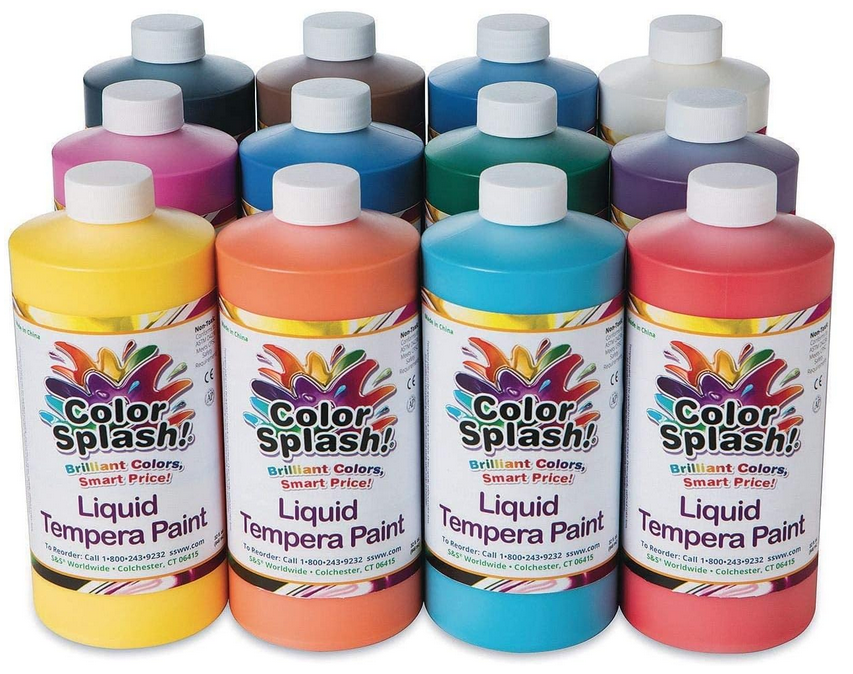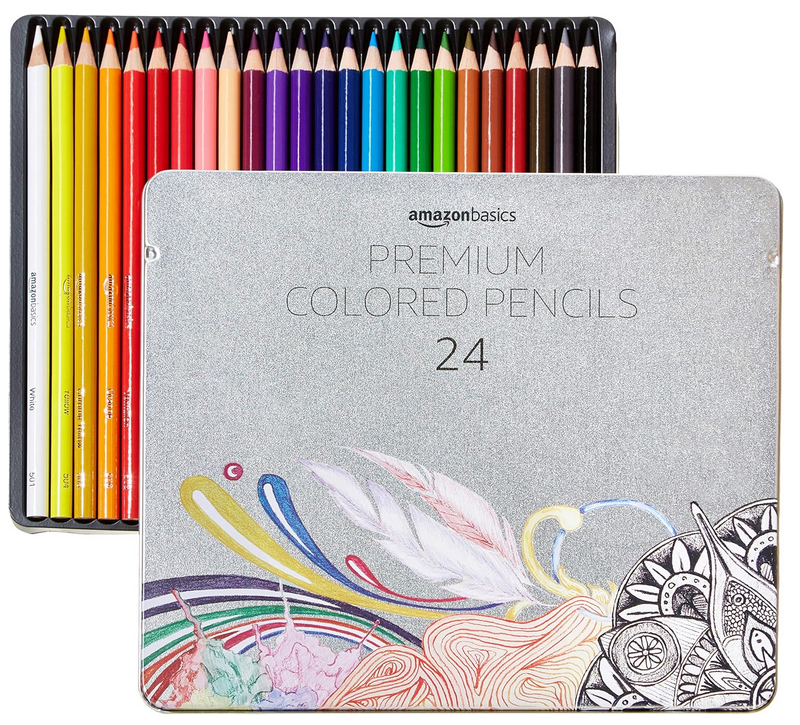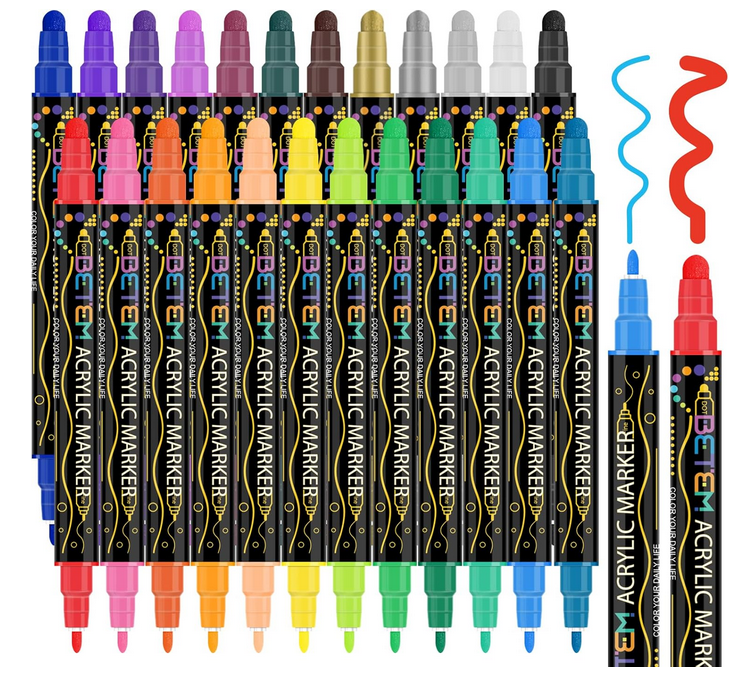- Home
- Art History
- Neoclassicism
Neoclassicism Art History
Inspired by excavations of the ancient cities of Pompeii and Herculaneum from 1748, a renewed interest in the arts of antiquity occurred.
Embracing order and restraint, Neoclassicism developed towards the end of the eighteenth century, in reaction to the frivolous sensuality of Rococo and exemplifying the rational thinking of the "Age of Enlightenment" (or the Age of Reason).
|
Key Artists:
|
Inspired by ancient Greek and Roman art, the classical history paintings of the French artist Nicola Poussin (1594-1779) and the ideas of the German painter Anton Raphael Mengs (1728-1779) and the archaeologist and art historian Johann Joachim Winckelmann (1717-1768), but soon spread throughout Europe. |
|
In 1879, was on the brink of its first revolution and Neoclassicists sought to express their patriotic feelings. They believed that art should be serious, and valued drawing above painting: smooth contours and paint with no discernible brushstrokes were the ultimate aim. Both painting and sculpture exerted calmness and restraint and focused on heroic themes, expressing such noble notions as self-sacrifice and nationalism. |
Key Developments:
|
Okay, so now I've put on some ads from Amazon - from which I may earn a few cents. (2025)



